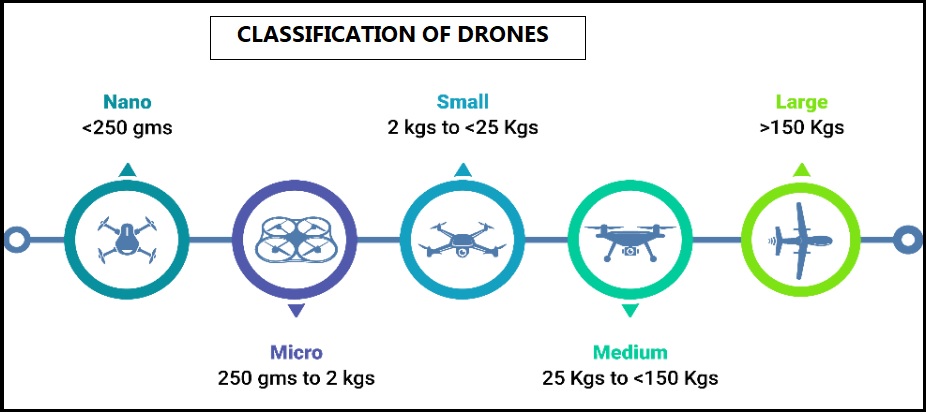7667766266
enquiry@shankarias.in
The emergence of Nano and micro drones and compact unmanned aerial vehicles (UAVs) with advanced capabilities, introduce fresh security challenges.

Provisions under Drone (Amendment) Rules 2022
|
Drone Policy of India |
|
References